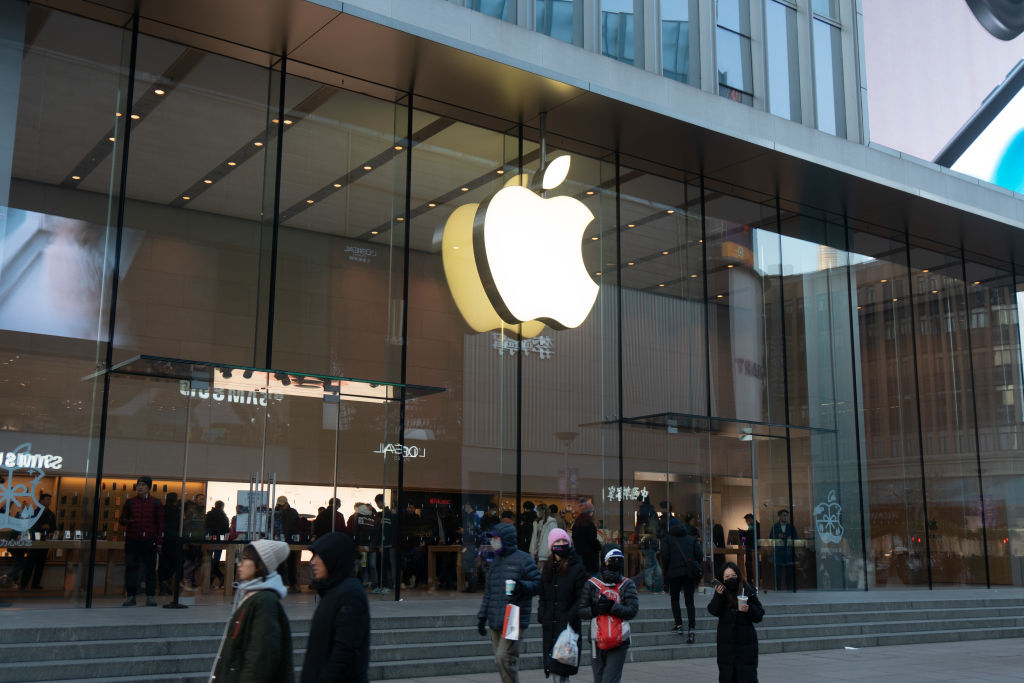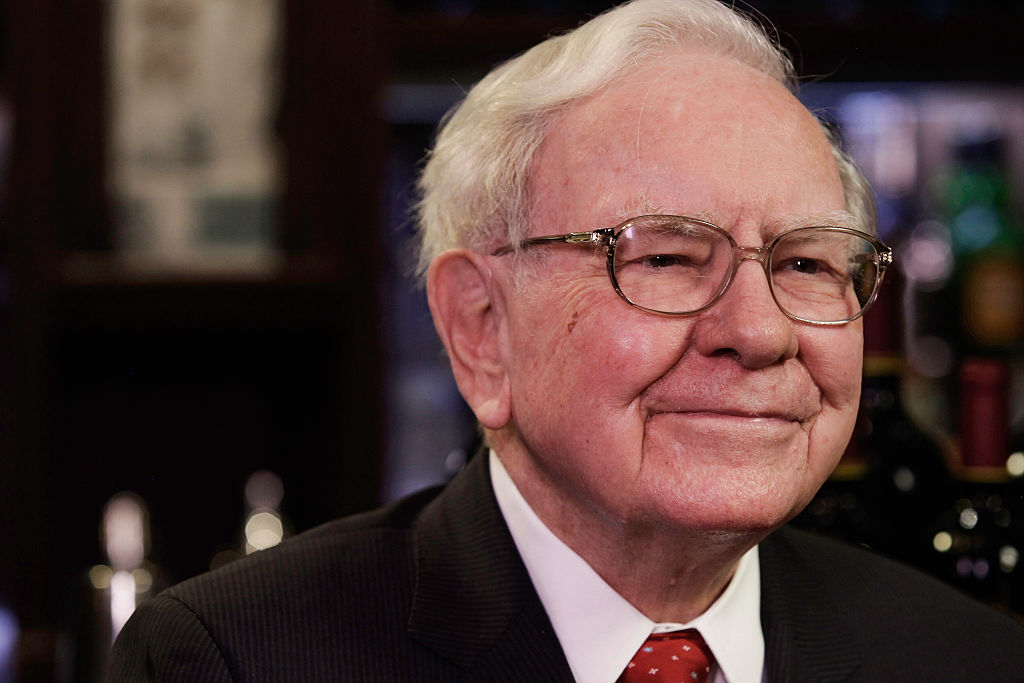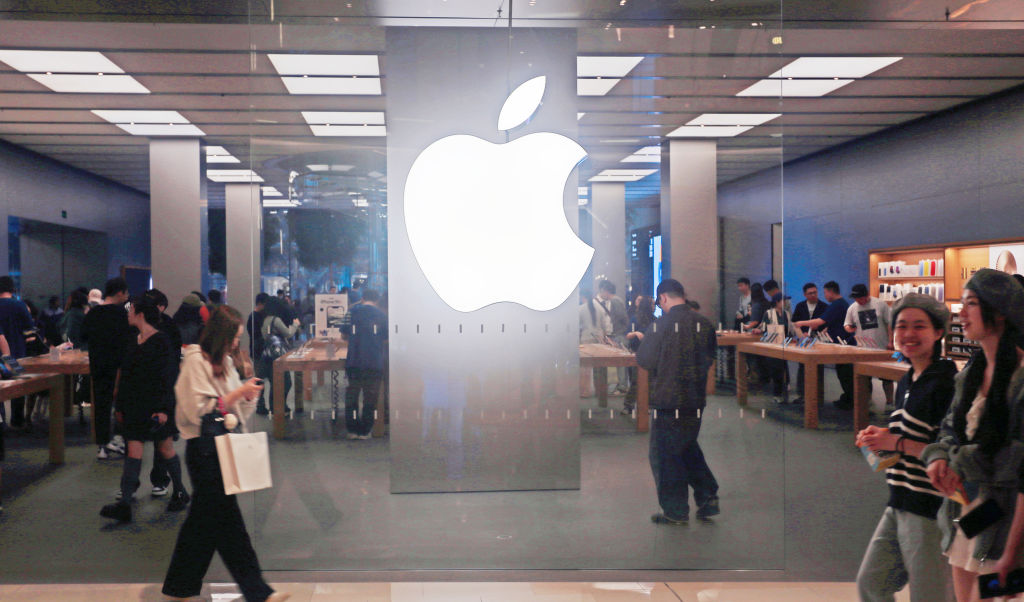6 Stocks On Sale
The latest market selloff affords you an opportunity to pick up relatively cheap shares of these high-quality companies.

After the market's recent bloodletting, stocks are on sale. You can find many well-known, high-quality companies trading at extraordinarily low prices in relation to earnings, cash flow, book value and other key measures.
So if you missed the sale of the century in early 2009, here are six second-chance stocks. If the market continues to tank, you probably won’t make money with them. But because of their high quality and washed-out valuations, they should hold up better than most. And if stocks rebound, look for our picks to outperform the market.
Apple (AAPL)
Now is a good time to take a bite of the Apple story and the mind-blowing sales and earnings that underscore it. Despite its size -- Apple is now just a hair behind ExxonMobil (XOM) for bragging rights as the world’s most valuable company -- analysts expect profits to jump 81% in the current fiscal year, which ends in September. This is due in part to the iPad, the most successful consumer-product launch in history. But the number-one driver of Apple’s profits is the iPhone, which accounts for the largest share of Apple’s sales -- 39% in the fiscal year that ended last September.

Sign up for Kiplinger’s Free E-Newsletters
Profit and prosper with the best of expert advice on investing, taxes, retirement, personal finance and more - straight to your e-mail.
Profit and prosper with the best of expert advice - straight to your e-mail.
At $374.01, Apple shares are down 7.5% from their 52-week high and sell at 12 times estimated earnings for calendar 2011. Standard & Poor’s 500-stock index also sells for about 12 times 2011 estimates, but Apple is growing much faster than the typical S&P 500 company. (All prices and related data are through August 9.)
Corn Products International (CPO)
This company is a big beneficiary of food inflation. The corn refiner and supplier of ingredients for everything from margarine to mayo is poised to benefit from a growing world population, rising incomes in emerging markets and changing lifestyles and diets. Last October, the company acquired National Starch, which is expected to boost sales and reduce Corn Products’ costs by $50 million a year. The stock trades at $44.33, 25% off its 52-week high, and trades at 10 times estimated 2011 earnings.
Cummins (CMI)
International operations are boosting profits for Cummins, a manufacturer of engines used in trucks, buses and construction equipment. Cummins derives more than half of its sales from North America, and the company’s cutting-edge truck engines are helping it gain market share in emerging markets, where construction of roads and buildings is booming. S&P analyst Jim Corridore expects engine sales in North America to pick up in the second half of 2011 due in part to an aging national truck fleet. At $91.11, the stock is 25% below its 52-week high and trades at 10 times estimated 2011 earnings.
Deere (DE)
With an agricultural commodities boom boosting demand for farming equipment, conditions remain fertile for profit growth at Deere. The world’s largest producer of farm machinery is also poised to benefit from growing farm incomes, which are expected to set a record in the U.S. this year. And the company is building its operations in fast-growing emerging markets as part of a plan to double its annual sales to $50 billion by 2018. Deere shares, at $70.93, are off their 52-week high by about one-third and trade at 11 times 2011 estimated earnings for the 12-month period that ends January 31.
Microsoft (MSFT)
Although Microsoft has done little for shareholders over the past decade, the tech behemoth consistently boosts its profits and generates tons of cash. The company has $52.8 billion, or $6.30 per share, of the stuff on its balance sheet. The stock has languished as sales of Microsoft’s Windows have flattened. But that could change by year-end when Microsoft releases a new version of Windows that is expected to work with cool, streamlined, soon-to-be-revealed tablets. And sales in the company’s entertainment division rose 45% in the fiscal year that ended June 30, thanks to Microsoft’s Kinect -- an Xbox device that allows you to use your body as a video controller.
At $25.58, the stock is down 13% from its 52-week high of $29.46 and trades at just 9 times estimated calendar 2011 profits. Since paying its first dividend in 2003, Microsoft has regularly boosted its payout, and its stock yields 2.5%, the highest of any company on this list.
Oracle (ORCL)
The software giant’s sales and earnings soared 33% in the fiscal year that ended in May, to $35.9 billion and $2.22 per share, respectively. Its acquisition of Sun Microsystems adds a suite of hardware products, making it easier for Oracle customers to shop for software and hardware from the same source. And even as the U.S. economy slows, companies are likely to continue spending on technology to run their businesses more efficiently. That should benefit Oracle. Earnings are expected to grow 15% annually for the next three to five years. At $27.60, Oracle is down 24% from its 52-week high and sells for 13 times estimated earnings for the 12-month period that ends this November.
Get Kiplinger Today newsletter — free
Profit and prosper with the best of Kiplinger's advice on investing, taxes, retirement, personal finance and much more. Delivered daily. Enter your email in the box and click Sign Me Up.

-
 Is the Economy at Risk of a Recession Because of Tariffs? What the Experts Are Saying
Is the Economy at Risk of a Recession Because of Tariffs? What the Experts Are SayingWith the stock markets up and down and tariffs on and off everyone including retirees may wonder what it means for the economy. Here's what the experts think.
By Donna Fuscaldo Published
-
 Stock Market Today: Tariff Pause Triggers 3,000-Point Dow Rally
Stock Market Today: Tariff Pause Triggers 3,000-Point Dow RallyThe bond market is sending concerning signals as the Trump administration executes its rapid reordering of global trade relationships.
By David Dittman Published
-
 Wall Street Is Worried About Apple Stock. Should You Be Too?
Wall Street Is Worried About Apple Stock. Should You Be Too?Analysts expect Trump's sweeping tariffs to have an outsized impact on Apple stock. How concerned should investors be?
By Karee Venema Last updated
-
 The Stock Market Is Selling Off. Here's What Investors Should Do
The Stock Market Is Selling Off. Here's What Investors Should DoInvestors started fleeing the equities market en masse in response to the Trump administration's "jaw-dropping" tariffs. But the experts say don't panic.
By Karee Venema Last updated
-
 Should You Sell Tesla Stock as Elon Unrest Grows?
Should You Sell Tesla Stock as Elon Unrest Grows?Tesla's CEO is wearing many hats and is managing them "with great difficulty."
By David Dittman Published
-
 5 of Warren Buffett's Best Investments
5 of Warren Buffett's Best InvestmentsWarren Buffett has had plenty of wins throughout his decades of investing. Here, we highlight five of Buffett's best investments.
By Kyle Woodley Published
-
 Apple's 100,000% Return Is a Result of Innovation, Brand Loyalty and Buybacks
Apple's 100,000% Return Is a Result of Innovation, Brand Loyalty and BuybacksApple spends billions buying back its own shares, but this is just one catalyst behind the incredible growth in its share price.
By Louis Navellier Published
-
 Stock Market Today: Stocks Struggle After Trump's EU Tariff Threats
Stock Market Today: Stocks Struggle After Trump's EU Tariff ThreatsStocks pared early gains after Trump threatened the European Union with 25% tariffs.
By Karee Venema Published
-
 Stock Market Today: Dow Gains After Nike Gets Upgraded
Stock Market Today: Dow Gains After Nike Gets UpgradedJefferies thinks Nike's new CEO will spark a turnaround in the beaten-down blue chip.
By Karee Venema Published
-
 Best Investments to Sidestep Trump's Trade War
Best Investments to Sidestep Trump's Trade WarThese ETFs are well-designed to weather rising U.S. protectionism and retaliatory tariffs.
By Jeff Reeves Last updated